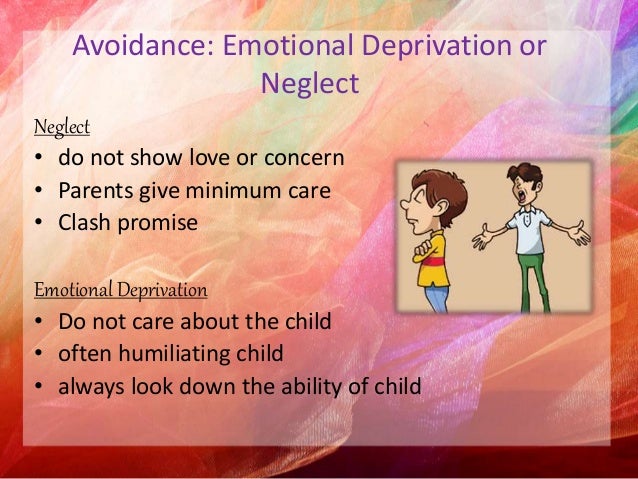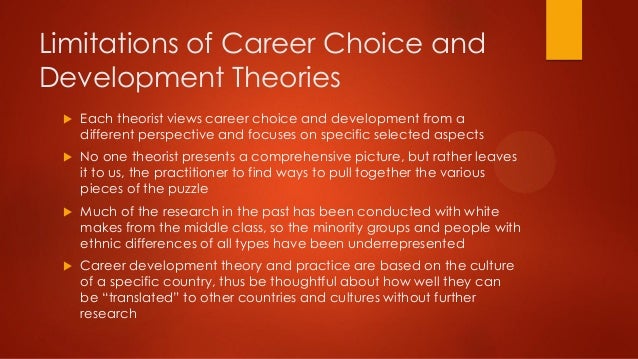
- Roe's Personality Development Theory
- Anne Roe Career Development Theory Pdf Examples
- Anne Roe Career Development Theory Pdf Free
23131_chapter_3.pdf - Career Counseling Practices 37 3 M aking an optimal career choice has been and remains one of the major objectives of career counseling. Over time, career counseling Download our theories of career counseling anne roe eBooks for free and learn more about theories of career counseling anne roe. These books contain exercises and tutorials to improve your practical skills, at all levels!
Gender as a Factor in the Career Choice Readiness of Senior Secondary. Theory of career development has emphasized the importance of work in. Anne Roe (1957. Study Flashcards On Lifestyle/Career Development at Cram.com. Roe's theory relies on Maslow's. According to Brill's theory of career.
Roe’s Personality Development Theory Anne Roe influenced by Sigmund. Career Development With Immigrants. More details are provided in their book The Journey of Adulthood, 6th Ed.
Roe’s Theory of Personality Development and Career Choice Anne Roe (1904—1991) was born and raised in Denver, Colorado. Upon graduating from the University of Denver, she attended Columbia University, following the recommendation of Thomas Garth. Defense Technical Information Center. Anne Roe Career Development Theory Pdf Reader. 9/3/2019 Jan 1, 2018 - 3 pages, 1311 words Anne Roe (1904–1991) was born and raised in Denver, Colorado. Anne Roe's (1956) proposed a theory based on Maslow's Classic theory of basic. Of personality development that trace different career paths to formative experiences in those well known early years of development (e.g. Attempting in the formulation of the experiential learning theory of adult development. Career Development Interventions in the. 4 Cognitive Theories of Career Development Anne Roe Anne Roe (1904 – May 29, 1991) was an. Lifetime Career Award from the National Vocational. Basic to Tiedeman's approach to career development and decision making is the assumption that one is responsible for one's own.
The collection represents the data that Roe (Mrs. George Gaylord Simpson) collected on 64 scientists for her 1953 book, The Making of a Scientist.
The material for each scientist includes transcripts of interviews, Rorschach and Thematic Apperception Tests, personal data, reprints of the scientist's publications, and letters several years afterward the interview asking for additional information. There are also photostats of letters and notes by the scientists dating earlier than 1949; holders of the originals of these letters is unknown. Anne Roe (1904-1991) was a clinical psychologist and researcher on various psychological topics before embarking upon major studies of creativity and occupational psychology.

Roe's Personality Development Theory
Her two major publications were The Making of a Scientist (1953), a study of sixty-four eminent male scientists in biology, physics and the social sciences, and the Psychology of Occupations (1956), in which she attemps to develop a vocational classification system that transcends the Dictionary of Occupational Titles categories. Roe was the second of four children born in Denver, Colorado to Charles Edwin Roe and Edna Blake. Both of her grandfathers had been prominent in state affairs, her maternal grandfather publishing an early Denver newspaper and her paternal grandfather serving as the Colorado Adjutant General. However, during the 1920s her father’s transport business went bankrupt, and her mother was forced to support the family from her teacher’s salary and the monies earned as a national secretary of the Parent Teacher Association. Since her mother was busy supporting the family, Roe took charge of the household responsibilities, including the care of her siblings. As a result of these experiences, she early developed a sense that she could fix things that were broken and manage what was falling apart.
Under her mother’s influence she also came to believe that women can excel and assert themselves in a male-dominated society. A precocious student, Roe graduated with a B.A. From the University of Denver in 1923, at the age of nineteen. As an undergraduate, she studied methods for assessing differences among students in dental school, between those who went on to become “good” dentists and who did not. She received an M.A.
From the University of Denver in 1925, during that time assisting the educational psychologist Thomas Garth, who studied Southwestern ethnic groups. Her Master’s thesis was a critical analysis of Native American intelligence test scores. With Garth’s help she got a position working for Columbia University’s Edward L. Thorndike (1875-1949, APS 1932), one of the founders of modern educational psychology.
She received a Ph.D. In Experimental Psychology from Columbia in 1933. Her dissertation was a study of musical aptitudes and the specific kinds of errors musicians make in sight reading. Roe married world-renown paleontologist George Gaylord Simpson (1902-1984, APS 1936) in 1938.
Anne Roe Career Development Theory Pdf Examples
Roe would become best known for research on creativity and the psychology of occupational choice even though she did not have the option of developing a long-range research program, since her research was periodically interrupted by bouts of brucellosis and heart disease, by raising four stepdaughters and by her husband’s demanding academic schedule. Instead, she conducted research on such diverse topics as alcohol education in schools, studies of identical twins raised separately and breast feeding newborns during the first four weeks of life. In 1931 Roe helped her colleague Kathryn McBride in a study assessing the normal intellectual functioning of hospital patients with a variety of medical diagnoses.
Anne Roe Career Development Theory Pdf Free


This study allowed her a first glimpse of the importance of an occupation for a normal, non-intellectually impaired individual’s health and life. In this study she talked to men who liked their otherwise menial jobs, since they afforded them recognition by important people or because the work made them feel superior to others. Roe would incorporate these early insights into her later theories about the job and personal characteristics of eminent scientists or artists. One biographer noted that Roe’s varied professional and research experiences had a sort of “velcro quality” in the sense that while she met her family’s needs, she would connect with each opportunity that came her way, and make the most of it. Also, she demonstrated a unique “cumulative mental process” by which some part of each preceding research endeavor would become a part of the next. Likewise, some features of an early project, that seemed little more than asides or observations, often turned up in one of her two major works. She also had a special talent for collaborating with colleagues on a variety of research projects.